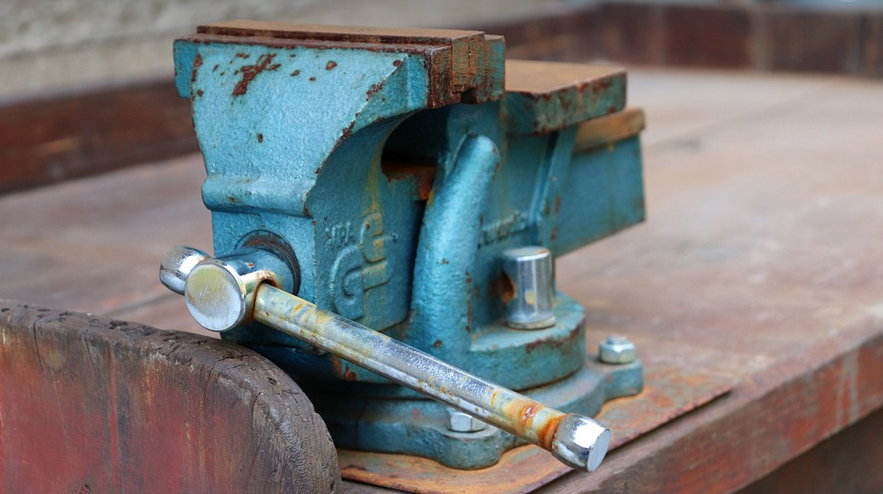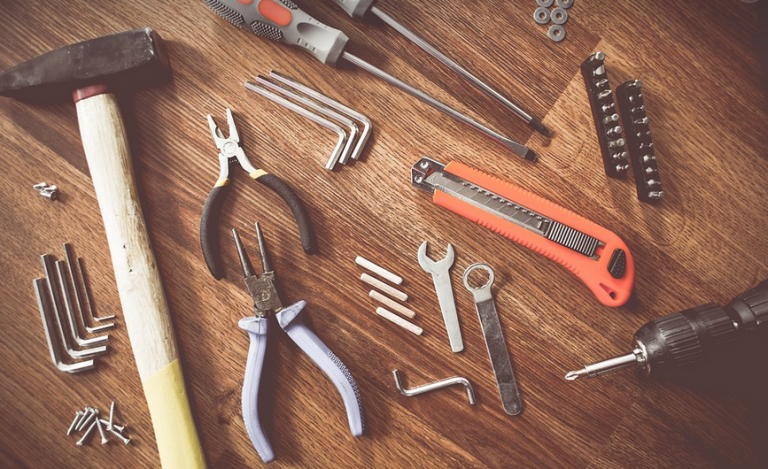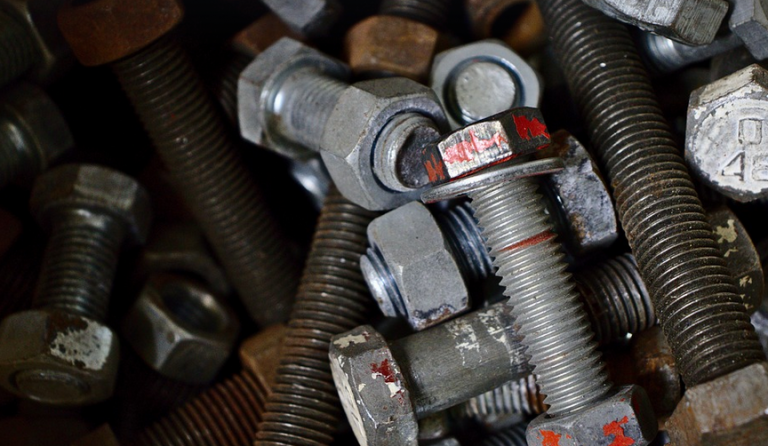
Decoding the ‘P10Ee’ Code on Your Mini Cooper
Ever found yourself staring at a cryptic code flashing on your Mini Cooper’s dashboard? You’re not alone! This ‘P10Ee’ code is often one of those frustrating mysteries that leave you wondering what it means and how to fix it. But fear not, fellow petrolheads – this blog post aims to demystify this code and guide you through potential causes, common symptoms, and solutions to get your Mini back on the road.
To fully grasp the significance of ‘P10Ee’, we need a little background info. The P-code system is ubiquitous in modern vehicles, serving as a digital language bridge between your car’s sensors and computer systems and your driver for troubleshooting.
Understanding the “P10Ee” Code
The ‘P10Ee’ code specifically suggests an issue with your Mini Cooper’s **engine control unit (ECU)**, also known as a powertrain control module (PCM). This ECU is the brain of your engine, responsible for managing fuel delivery, ignition timing, and emissions control.
What makes this code unique? It’s a signal indicating potential problems with **emissions system diagnostics**. These systems are critical to ensuring your Mini meets environmental standards, helping reduce harmful emissions. The ‘P10Ee’ code is specifically related to the **Exhaust Gas Recirculation (EGR)** system.
So, what exactly does EGR do? Think of it like a clever air freshener for your engine! The EGR valve helps recycle exhaust gases back into the combustion chamber. This reduces the temperature and pressure in the exhaust, leading to lower emissions. However, if this valve malfunctions or gets blocked from debris, it can throw off the engine’s natural balance.
Possible Causes of P10Ee Code
The ‘P10Ee’ code can stem from several potential issues. Let’s break down some common culprits:
**1. EGR Valve Malfunction:** Perhaps one of the most frequent reasons for this code is a faulty EGR valve itself. It could be stuck open, or stuck closed, causing a disruption to the airflow and exhaust gas recycling process.
**2. Dirty EGR Valve:** Over time, exhaust deposits can build up on the EGR valve, obstructing its flow. In some cases, the valve may require frequent cleaning to maintain optimal performance.
**3. Vacuum Leak:** A vacuum leak in the system can also lead to this code, disrupting the function of the EGR system. A compromised hose or a faulty valve could contribute to this issue.
**4. Electrical Issues:** A malfunctioning sensor that’s part of the EGR control circuit, such as a faulty oxygen sensor (O2), can also throw up this code.
Symptoms of the “P10Ee” Code
While the ‘P10Ee’ code itself might not be directly visible on your dashboard, it could signal an underlying problem that might manifest in these ways:
**1. Rough Idle or Stalling**: This is a classic symptom of EGR issues, as the engine struggles to find a smooth balance because of the exhaust emissions.
**2. Loss of Power:** If the engine can’t efficiently convert fuel into power, you may notice a reduction in acceleration and overall performance.
**3. Increased Fuel Consumption**: A faulty EGR valve can increase fuel consumption as it struggles to maintain optimal combustion efficiency.
**4. Warning Lights on the Dashboard**: The ‘P10Ee’ code is often accompanied by other warning lights, which might be more prominent depending on your Mini Cooper model and year.
Solutions for the “P10Ee” Code
Once you identify the cause of the ‘P10Ee’ code, you’re equipped to take action. Here are some common solutions:
**1. Simple Diagnosis:** Start by checking your owner’s manual or online resources for further guidance on the code and potential causes. The diagnostic check might involve a scanner that can access the ECU and provide more details.
**2. Visual Inspection & Cleaning**: Before delving deeper, take a good look at the EGR valve itself. Check for any visible issues such as damage, corrosion or blockages. If you find dirt, debris, or clogs, try cleaning it gently with compressed air or a specialized cleaning spray.
**3. Replacing the EGR Valve:** If the problem is truly a faulty EGR valve, you need to replace it. This often involves some minor DIY work and can be found at most auto parts stores.
**4. Diagnostic Repair:** For more complex issues or if you are not comfortable with DIY repairs, take your Mini Cooper to a trusted mechanic experienced with OBD-II diagnostics and repair of emissions systems. They have the right tools and knowledge to pinpoint the underlying cause and make the necessary adjustments or replacements.
Preventing Future “P10Ee” Code Issues
To keep those pesky ‘P10Ee’ codes at bay, it’s important to maintain your Mini Cooper regularly. Here are a few preventive measures you can take:
**1. Routine Maintenance:** Regular service checks and oil changes, along with the replacement of essential parts like air filters, spark plugs and fuel filters, will help keep your engine running smoothly.
**2. Driving Habits:** Maintain a moderate driving style and be mindful of sudden acceleration or braking. Avoid harsh use of idling in stop-and-go traffic to reduce stress on the EGR system.
**3. Regular Cleaning**: Cleaning your Mini Cooper’s engine bay regularly can help keep debris from accumulating near the EGR valve, which might lead to future issues.
By following these simple tips and taking proper care of your Mini, you can maximize its lifespan and potentially even prevent those pesky ‘P10Ee’ codes from appearing in the first place! You’ll be cruising smoothly with a happy and efficient engine.






